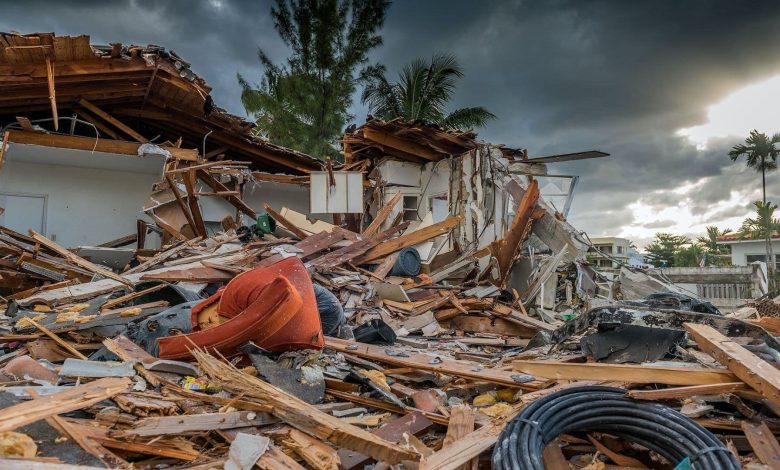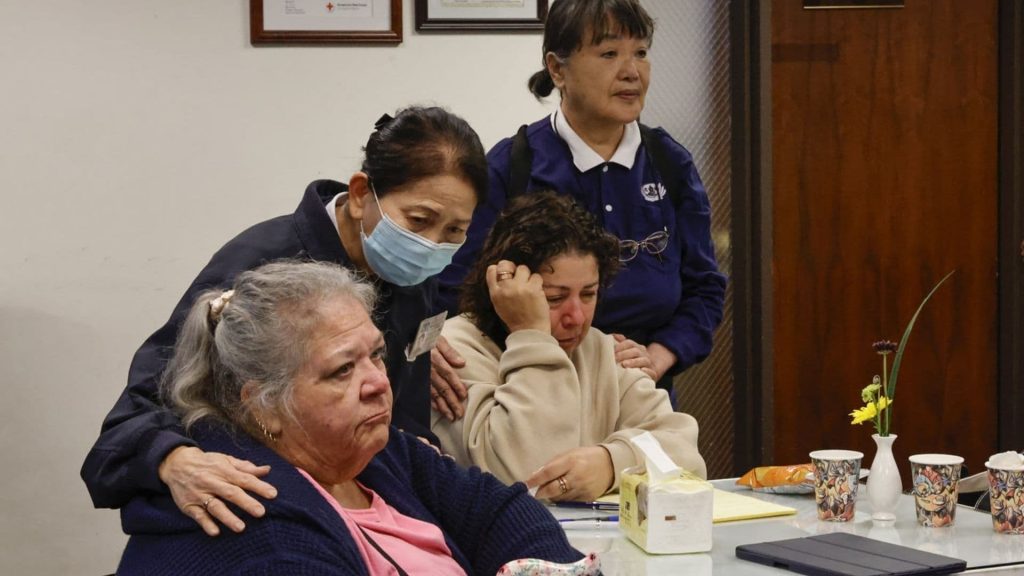
The years 2021 through 2023 were marked by a series of significant natural disasters that tested the resilience of communities worldwide. From catastrophic earthquakes to unprecedented heatwaves and devastating floods, these events highlighted the increasing frequency and intensity of natural calamities in recent years. Understanding the distribution and impact of these disasters is crucial for enhancing preparedness and mitigating future risks.
Earthquakes: The Ground Trembles
Several powerful earthquakes struck between 2021 and 2023, causing widespread devastation:
- 2021 Haiti Earthquake: On August 14, 2021, a 7.2 magnitude earthquake hit Haiti, resulting in approximately 2,248 fatalities and significant infrastructure damage. citeturn0search12
- 2023 Turkey-Syria Earthquakes: On February 6, 2023, a massive 7.8 magnitude earthquake struck the border region between Turkey and Syria, leading to an estimated 59,259–62,013 deaths and widespread destruction.
Heatwaves: Rising Temperatures
The period also witnessed extreme heat events:
- 2022 European Heatwaves: Between June and September 2022, Europe experienced severe heatwaves, resulting in approximately 24,501 deaths across countries like France, Spain, and Germany.

Floods and Landslides: When Water Overwhelms
Intense rainfall led to catastrophic floods and landslides:
- 2021 European Floods: In July 2021, heavy flooding affected several European countries, including Germany and Belgium, causing around 243 deaths and extensive property damage. citeturn0search13
- 2022 Pakistan Floods: From June to October 2022, Pakistan faced devastating floods that claimed over 1,000 lives and displaced millions.
Wildfires: Flames Across Continents
Wildfires raged across various regions:
- 2021 Turkey Wildfires: Between July and August 2021, Turkey experienced its worst wildfires in at least a decade, affecting vast forest areas and local communities.
- 2023 Canadian Wildfires: Starting in March 2023, Canada faced its most severe wildfire season in modern history, leading to extensive environmental and economic impacts.
Economic Impact: Counting the Cost
The financial toll of these disasters was staggering:
- Global Economic Losses: Extreme weather events between 2014 and 2023 resulted in approximately $2 trillion in economic damages worldwide.
- 2024 Natural Disasters: In 2024 alone, natural disasters caused $417 billion in damages globally, with insurance companies covering $154 billion of these losses.
The phrase “Disaster Distribution Between 2021 and 2023” is a bit broad and can be interpreted in multiple ways. It could refer to:
- The Geographical and Temporal Distribution of Disasters – Meaning how disasters (earthquakes, floods, wildfires, etc.) were spread out across different regions and years.
- Disaster Relief Distribution – Referring to how aid, funding, and resources were distributed to affected populations.
If you’re interested in the financial aspect, let’s focus on how governments and organizations provided disaster relief and financial aid during this period.

Financial Aid and Government Assistance for Disasters (2021-2023)
1. Government Disaster Relief Programs
Many governments provided financial assistance, tax relief, and emergency funds for disaster-affected individuals and businesses. Examples include:
- FEMA Assistance (USA) – The Federal Emergency Management Agency (FEMA) provided billions in disaster relief for hurricanes, wildfires, and other natural disasters.
- COVID-19 Relief and Extended Aid – While the pandemic wasn’t a natural disaster, it led to extended unemployment benefits, stimulus checks, and business relief programs.
- Pakistan Flood Relief (2022) – International donors, including the World Bank and UN, pledged billions to help rebuild after historic floods.
2. Tax Relief for Disaster Victims
Governments, particularly in the United States, offered tax relief for victims of federally declared disasters:
- IRS Disaster Tax Relief – Allowed taxpayers in disaster areas to delay tax filings and payments without penalties.
- Deductions for Disaster Losses – Individuals and businesses could claim casualty losses on tax returns to reduce taxable income.
- Property and Business Recovery Credits – Some businesses in disaster zones were eligible for tax credits or grants to rebuild operations.
3. Insurance and Economic Impact of Disasters
- Insurance Payouts – Natural disasters caused billions in damages, with insurance companies covering part of the losses.
- Government Reconstruction Efforts – Countries like Japan, Turkey, and the USA launched major rebuilding projects after earthquakes and storms.
- Inflation and Disaster Costs – Food, fuel, and housing prices spiked in disaster-affected areas, adding economic strain to communities.
Climate Change: A Catalyst for Disasters?
The increasing frequency and intensity of these disasters have been linked to climate change:
- Rising Temperatures: 2024 is projected to be the hottest year on record, with global temperatures exceeding 1.5°C above pre-industrial levels.
- Intensified Storms: Studies indicate that human-caused climate change has increased the wind strength of Atlantic hurricanes by 18 mph over the last six years.

Lessons Learned and Future Preparedness
These events underscore the need for:
- Enhanced Disaster Preparedness: Investing in infrastructure and early warning systems to mitigate the impact of natural disasters.
- Climate Action: Implementing policies to reduce greenhouse gas emissions and promote sustainability.
- Community Resilience: Empowering local communities through education and resources to respond effectively to disasters.
FAQs
What kind of financial aid did governments provide for disasters between 2021 and 2023?
Governments offered emergency funds, tax relief, and reconstruction grants for affected individuals and businesses.
Did the IRS provide tax relief for disaster victims?
Yes, the IRS allowed tax filing extensions, deductions for disaster-related losses, and penalty waivers for those in federally declared disaster zones.
How much did natural disasters cost between 2021 and 2023?
The global cost of disasters exceeded $1 trillion, with insurance companies covering part of the losses and governments stepping in with aid.
Were there any major international relief efforts?
Yes, organizations like the UN, World Bank, and Red Cross provided billions in aid, especially for major disasters like the Turkey-Syria earthquake and Pakistan floods.